New Laws to Fight the Corona Virus

The coronavirus has brought with it significant health concerns and rarely seen market volatility. To address this crisis, the government has passed 3 laws aimed at protecting people and businesses. While these laws do not end or cure the crisis, they do go a long way to providing a critical safety net.
The first law passed was the Coronavirus Preparedness and Response Supplemental Appropriations Act. It provided $8.3 billion in funding for vaccine research and development, diagnostics, public health funding, medical supplies, and other healthcare system preparations.
The second bill, the Families First Coronavirus Response Act, became law on March 18. It provides for paid sick leave, free coronavirus testing, food assistance for vulnerable children and families, protections for front-line healthcare workers, and additional funding to states for ongoing economic consequences of the pandemic.
The $2 trillion emergency stimulus bill (called the CARES Act) passed by Congress and signed by President Trump on March 27, 2020 is full of provisions to support individuals, businesses, and the healthcare system through this crisis. Below are some of the major provisions that could impact you.
Required Minimum Distributions (RMDs) are not required in 2020 (for those over 70 ½ or those with inherited IRAs). Also, if you have already taken your distribution for 2020, you can return the amount to your IRA.
IRA and 401(k) early withdrawal penalties are waived for those under 59 ½ that make distributions from their workplace retirement plans (401(k), 403(b), etc.) and IRAs in 2020 for Coronavirus related needs. Funds withdrawn will be allowed to be repaid over the next 3 years. Additionally, the taxable amount of these distributions can be spread out over 3 years.
Stimulus Checks. Individual taxpayers with adjusted gross income up to $75,000 will receive $1,200. Married filers making up to $150,000 will receive $2,400. Families will also receive $500 for each dependent child.
Payments are reduced $50 for every $1,000 a person has in income over the thresholds. Single filers making over $100,000 and married filers with income over 198,000 will not receive checks.
Here’s a summary:
| Filing Status | Full Amount | Partial Amount | No Check |
| Single | < $75,000 | $75,001 – $99,000 | > $99,000 |
| Married Filing Joint | < $150,000 | $150,001 – $198,000 | > $198,000 |
| Head of Household | < $112,500 | $112,500 – $146,500 | > $146,500 |
Unemployment benefits. Those that have lost their jobs during the coronavirus can begin receiving benefits in their first week of unemployment and will receive an additional $600 per week in benefits for up to four months. The normal unemployment benefit period has been extended 13 weeks. Lastly, unemployment is now available to many people that would normally not qualify, such as the self-employed and independent contractors.
Tax Filing Deadlines. The bill extends the due date for filing and payment of 2019 tax returns to July 15, 2020. If you want to contribute to your IRA or health savings account (HSA) for 2019, you now have until July 15, 2020 to make those contributions.
Here’s a summary of key dates:
| Type | Deadline |
| 2019 Tax Filing | July 15, 2020 |
| 2019 Tax Payment | July 15, 2020 |
| 1st Quarter Estimated Tax Payment | July 15, 2020 |
| 2nd Quarter Estimated Tax Payment | June 15, 2020 – Yes, really! |
Charitable Gifts. Gifts of up to $300 can now be deducted from your adjusted gross income and do not have to be itemized. This change is a permanent one.
Student Loans. Students can forego payments on their federal student loans until September 30, 2020. Interest will not accrue. However, students must call their loan provider and ask for forbearance.
Business support. The bill also contains numerous provisions to support businesses including:
- $500 billion to support severely damaged
industries
- Low interest and potentially forgivable loans for small business that have the same number of employees working after one year.
- A payroll tax credit of 50% of wages paid by employers during the coronavirus crisis for companies impacted.
Reviewing the legislation, I see several planning opportunities:
Roth Conversions. As taxpayers are not required to take RMDs this year, their taxable income may be lower, potentially giving them “space” in a lower tax bracket to convert. Also, converting now on assets with smaller values potentially allows for much larger amounts converted (when compared to what could have been done in mid-February). For example, if someone has $30,000 of “space” before hitting the next tax bracket, that would potentially be equal to $37,500 with a 25% market recovery.
The Tax Cuts and Jobs Act (often called the Trump Tax Cut) lowered tax brackets for most filers, but the provision of the law that sets tax rates will expire December 31, 2025. For 2026 and going forward rates will return to 2017 levels – unless this provision is changed by Congress and the President. For many people this represents an opportunity to pay taxes now at a lower rate than may be required in the future.
Payment checks. The stimulus checks are based on taxpayer’s 2019 tax return, if it has been filed. If it has not been filed, the government will use one’s 2018 return and adjusted gross income to determine qualification for benefits. If you qualify in 2019, but not 2018, get that return completed asap. If your income was low enough to qualify in 2018, but too high in 2019, hold off on submitting your return until you receive your check. Finally, if your income is above the threshold for 2018 and 2019, you still may qualify if it drops below the threshold for 2020. However, filers will not receive their check(s) until their 2020 tax return has been filed.
Emergency Funds. While a cash reserve in a bank savings or checking account is the preferred spot to make withdrawals when unexpected expenses arise, sometimes that is not enough. With the CARE Act allowing for penalty free (although not tax free) distributions from company retirement plans and personal IRAs, this can be an option for those severely strapped for cash.
Student Loans. This allows for an interest free pause on payments of about 6 months. Anyone making payments on federal student loans can temporarily suspend payments (called forbearance). This can provide a much needed boost to cash flow for a few months during this crisis. Additionally, those working in the non-profit or public sector that are on 10-year loan forgiveness plans, can also receive forbearance. As this period of forbearance does not add to the 10-year period during which payments must be made, these individuals would benefit as this provides about 6 months of payments they will never have to make.
I have shared a number of opportunities available and some ways to take advantage of the law’s provisions. However, no idea should be implemented without consultation with your tax or financial advisor to understand the implications and the best strategy for your unique circumstances.
Please let me know if you are concerned about what is happening, can’t sleep, or have questions about how things impact you. You can reach me a 360-292-9314 or tom@adviticafp.com.



